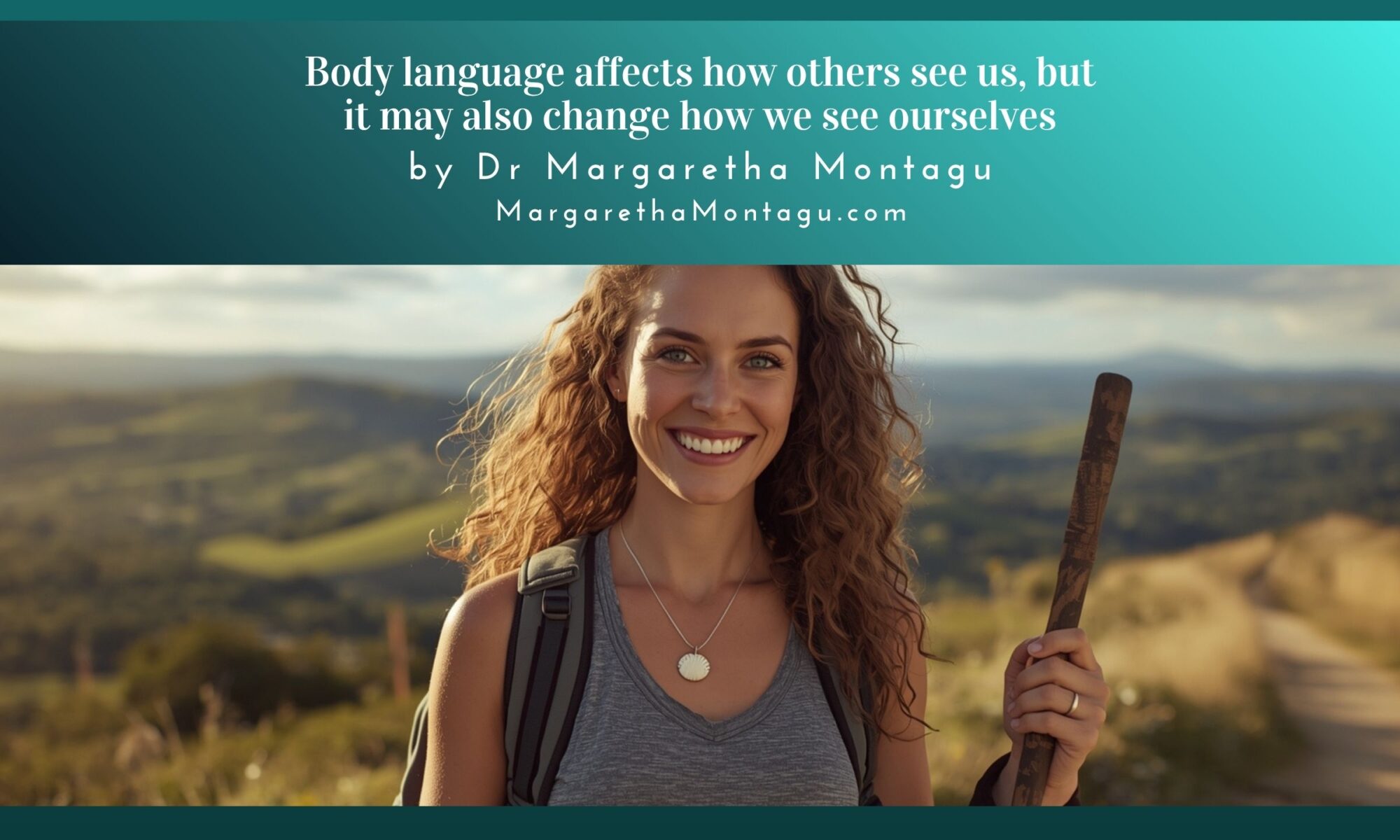What is Your Communication Style and why is it Crucial to Determine This?
During any major life change or transition, whether it is personal or professional, it is crucial to communicate clearly—both with yourself and others. Life changes can be overwhelming, filled with uncertainty, and often lead to misunderstandings. Whether you’re processing the end of a significant chapter in your life, navigating a career shift, coping with a deteriorating relationship, or moving to a new country, expressing your thoughts, feelings, needs, and boundaries with clarity is vital.
Clear communication not only helps you articulate your emotions and intentions but can also create stronger connections with the people who support you during these times. When you learn to communicate effectively, you invite understanding, collaboration, and a sense of control back into your life—even when everything else feels chaotic.
What is YOUR communication style? Personally and professionally?
In this post, we’ll explore why clear communication matters so much during life transitions and look at the various styles of communication to help you discover yours.
Communication styles have been categorised according to various classification systems:
Personal Communication Styles: Passive, Aggressive, Passive-aggressive, Assertive and Manipulative
- Passive Communication: Characterised by avoiding conflict and not expressing one’s own needs or feelings. Passive communicators often defer to others and may struggle to make eye contact. Example: “I’m okay with whatever you want to do” while avoiding eye contact.
- Aggressive Communication: Involves expressing oneself forcefully, often at the expense of others. Aggressive communicators may dominate conversations, use intense eye contact, and speak loudly. Example: “This is what we’re doing” or “Get over it”combined with crossed arms, eye rolling and finger pointing.
- Passive-Aggressive Communication: Combines passive and aggressive elements. Passive-aggressive communicators appear passive on the surface but subtly express anger or discontent through indirect means, such as sarcasm or giving the silent treatment. Example: Saying “Sure, I’ll do it” but not following through and spreading rumors.
- Assertive Communication: Considered the most effective style, it involves direct and honest communication while respecting others’ feelings and needs. Assertive communicators use “I” statements and maintain good eye contact. Example: “I feel… when you… and I need for you to do…” accompanied by eye contact, straight posture, and relaxed gestures.
- Manipulative Communication: Used to influence others covertly in the speaker’s favour. Manipulative communicators may use subtle tactics to guide others’ actions. Example: “I wonder if it’s good enough” while using subtle tactics to influence others.
Professional Communication Styles: Analytical, Functional, Intuitive and Personal
- Analytical Communication Style: Analytical communicators represent a methodical and data-driven approach to communication. If you are an analytical communicator, you prioritise facts, evidence, and logical reasoning in your interactions. You typically approach conversations and decision-making processes with a systematic mindset, carefully examining every detail before forming conclusions. In professional settings, analytical communicators are known for their precision and thorough research, often asking probing questions to gather comprehensive information. Their communication is characterised by a preference for quantitative data, statistical evidence, and structured arguments. They tend to be more reserved in emotional expression, focusing instead on objective information. When presenting ideas, they will likely use charts, graphs, and detailed reports to support their perspectives. While this approach ensures accuracy, it can sometimes make them appear distant or overly clinical in interpersonal interactions.
- Functional Communication Style: Functional communicators are process-oriented individuals who excel in structured environments. If you are a functional communicator, you prioritise clear, step-by-step instructions and well-defined processes in your communication. You are most comfortable when you understand exactly how something should be accomplished, preferring detailed guidelines and specific timelines. Your communication style is pragmatic and focused on implementation. You ask “how” questions to understand the precise mechanics of a task or project. Functional communicators value consistency, reliability, and systematic approaches to problem-solving. In team settings, they are often the members who ensure that plans are meticulously executed and that every detail is carefully considered.
- Intuitive Communication Style Intuitive communicators are visionary thinkers who focus on broad concepts and future possibilities. Unlike your analytical counterparts, you are less interested in minute details and more excited by overarching ideas and innovative potential. You communicate using metaphors, analogies, and big-picture perspectives. Your communication style is characterised by creativity, forward-thinking, and a tendency to challenge conventional thinking. Intuitive communicators quickly identify patterns and trends, often making connections that others might miss. They become impatient with excessive details and prefer discussions that explore potential outcomes and transformative ideas. In professional environments, they are often the strategic thinkers who inspire teams with their visionary approaches.
- Personal Communication Style: Personal communicators prioritise emotional intelligence and interpersonal relationships in their interactions. You are deeply attuned to the feelings and emotional states of those around you, making you exceptional team builders and conflict mediators. Your communication style emphasises empathy, diplomacy, and maintaining positive group dynamics. You excel at reading emotional nuances and creating supportive environments. Personal communicators are skilled listeners who can intuitively understand underlying team tensions and work to resolve them harmoniously. While their approach is relationship-focused, they can sometimes be perceived as overly emotional or indirect by more task-oriented communication styles.
Both Personal and Professional: Verbal, Non-verbal, Visual and Written
Communication can be delivered verbally, non-verbally, visually, and written communication. Verbal communication involves spoken words, whether in person, over the phone, or via video, and it relies on tone, clarity, and language to convey meaning. Non-verbal communication includes body language, gestures, facial expressions, and even silence, which often reveal emotions or intentions that words alone cannot. Visual communication uses images, symbols, charts, or videos to present ideas, often simplifying complex concepts or making them more engaging.
Finally, written communication involves text-based messages like emails, letters, or reports, providing a permanent record and allowing for careful crafting of ideas. Together, these forms of communication interact and complement each other to ensure clear and effective exchanges in different contexts.
Verbal communication can further be subdivided into intrapersonal communication and interpersonal communication. Intrapersonal communication refers to the internal dialogue or self-talk that occurs within an individual. This type of communication involves reflecting on thoughts, feelings, and experiences, allowing for personal insight and decision-making.
Interpersonal communication is the direct interaction between two individuals. This face-to-face communication can be informal or formal and is essential for building relationships, resolving conflicts, and exchanging ideas.
By recognising and respecting different communication preferences, professionals can create more effective and inclusive communication strategies.
Identify your own Communication Style
- Self-reflection: Consider how you typically approach problems, express thoughts and feelings, listen to others, handle stress and conflict, and adapt to different situations. This introspection can provide insights into your natural tendencies.
- Self-assessment tests: Take a communication style quiz or assessment specifically designed to determine your primary style. These tests often categorise styles into four main types, such as Passive, Aggressive, Passive-aggressive, Assertive and Manipulative, ex. the VeryWellMind Quiz Or take the Analytical, Functional, Intuitive and Personal Quiz
- Seek feedback: Ask colleagues, friends, or family members for their observations on how you communicate. They may notice patterns in your communication that you’re not aware of.
- Analyse your preferences: Reflect on the types of messages you prefer to receive. Your preferred style of receiving information often aligns with your own communication style.
- Observe your behaviour: Pay attention to your typical communication habits, such as your tendency to ask questions or make statements, your comfort level with small talk versus getting straight to the point and your natural inclination towards assertiveness or passivity.
By combining these methods, you can gain a comprehensive understanding of your primary communication style. Remember that most people use a blend of styles, with one or two being more dominant. Understanding your style can help you capitalise on your strengths and address any weaknesses, ultimately leading to more effective communication.
How Understanding Your Communication Style Helps You During Major Life Changes
Your communication style can be a powerful tool when navigating life transitions.
Most of us don’t stick to just one communication style in every situation—we adapt depending on the context. But being self-aware about how you naturally communicate can make a big difference in handling transitions effectively.
Step 1: Get to Know Your Style
Are you Analytical, Functional, Intuitive, or Personal?
- Recognise Your Strengths and Weaknesses: If you’re Analytical, you probably thrive on data and details during transitions—but don’t forget to check in on your emotions. On the flip side, Personal communicators might lean into their feelings but could benefit from adding a little structure.
- Adapt to Others: Not everyone speaks your “language.” Learning to adjust your approach—whether that means softening a logical tone or grounding emotional expression—can facilitate even the trickiest conversations.
- Speak Your Needs: A support network can’t help if they don’t know what you need. Nail down how to communicate your wants effectively, and you’ll find people showing up for you in the best way possible.
Step 2: Strengthen Relationships
Transitions can strain even the strongest connections. Knowing communication styles helps you navigate interactions with a little more finesse—and way fewer misunderstandings.
- Navigate Different Styles: Your Intuitive friend might want to dream big about the future, while your Functional partner wants a step-by-step plan. Adapt to their communication style, and you’ll both feel heard and understood.
- Keep Conflict Low: Stress can make everyone snippy. By understanding how others communicate, you can avoid accidental tension and smooth over any bumps before they become roadblocks.
- Ask for (and Give) the Right Support: Need emotional check-ins or practical advice? Understanding your style—and theirs—means you can give and receive help that truly resonates.
Step 3: Build Coping Strategies That Actually Work
Your communication style doesn’t just shape how you talk—it’s your compass for navigating tough situations. If you’re an Analytical communicator, you might find comfort in research and cold, hard facts. Gathering data about your situation or creating charts and spreadsheets can help you feel in control. Functional communicators, on the other hand, thrive on structure. They’re the planners who find calm in detailed, step-by-step action plans.
Intuitive communicators see the big picture and focus on future possibilities, which can be a powerful way to reframe challenges as opportunities. Meanwhile, Personal communicators turn to their emotional connections, finding strength in sharing their journey with friends, family, or a trusted confidant. By leaning into your natural tendencies, you can create coping mechanisms that not only work but also feel authentic to who you are.
Step 4: Decode the Flood of Information
During major transitions, you’re bound to be bombarded with advice, options, and decisions. How you process all this noise often comes down to your communication style. Analytical communicators zero in on the details, preferring to sort through information systematically to ensure nothing gets overlooked. Functional communicators excel at breaking down that same information into manageable steps, making it easier to act.
Intuitive communicators, however, tend to focus on patterns and overarching themes, piecing together the big picture to guide their decisions. Personal communicators approach information through the lens of relationships, paying close attention to who is delivering the message and how it makes them feel. Understanding your natural approach to information processing can help you stay focused, avoid overwhelm, and make decisions that align with your needs and values.
Step 5: Say What You Need (and Mean It)
Life changes stir up a whirlwind of emotions, ideas, and decisions—and knowing your communication style makes expressing all of that much easier. When you understand your strengths, you can articulate your needs clearly and confidently. Analytical communicators often prefer to stick to the facts, presenting their concerns in a logical, straightforward manner. Functional communicators are great at breaking down their thoughts into a clear plan of action, ensuring nothing gets lost in translation.
Intuitive communicators often gravitate toward the big-picture impact of what they’re expressing, focusing on long-term goals and implications. Personal communicators shine when sharing emotions and building deeper connections, which helps them express vulnerability in a way that fosters trust and support. By embracing your natural style, you’ll find it easier to communicate your concerns, choose the right method (whether that’s writing or talking), and frame your messages in a way that others understand and respond to positively.
The Bottom Line
One specific communication style is no better or worse than another—it’s all about using the right one for the situation. If you pick the wrong style for your audience, whether you’re talking to one person or a whole crowd, it can make it harder for your message to be absorbed. By staying flexible in how you communicate, you can adjust your approach to match what works best for your audience. That way, your message is more likely to get through.
Big life transitions don’t have to be uphill struggles. By understanding and leveraging your communication style, you can navigate life transitions more smoothly, maintain stronger relationships, and develop effective coping strategies tailored to your natural tendencies. Consider it your secret superpower—one that helps you thrive in even the messiest moments.






